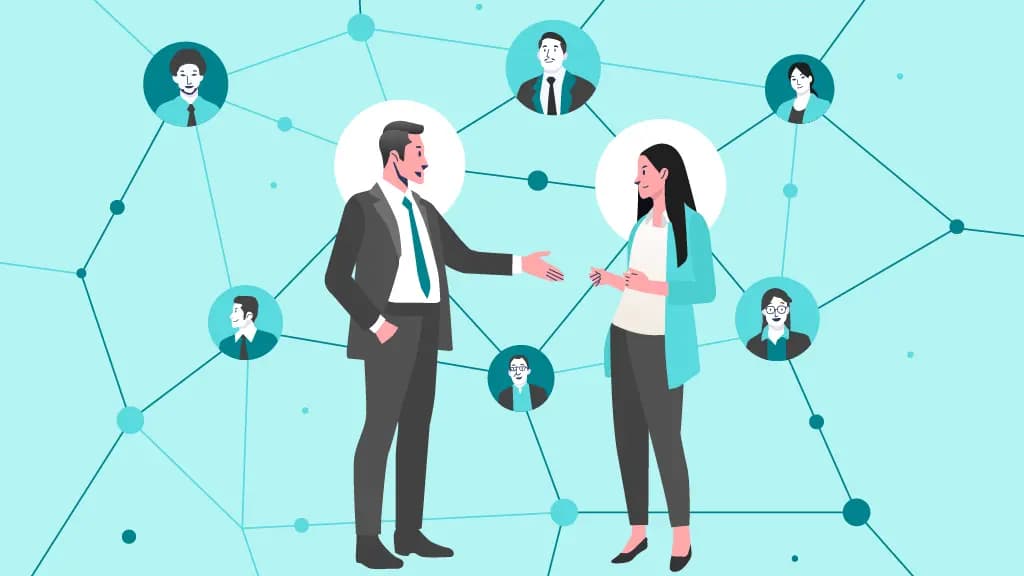Emphasis on peer-to-peer recognition will boost collaboration in organizations: Prabhakar Azad, Chief People & Process Officer, Ashwin Sheth Group.

Team AdvantageClub.ai
March 29, 2025

In an interaction with AdvantageClub.ai, Prabhakar Azad, Chief People & Process Officer, Ashwin Sheth Group, shared his thoughts on the upcoming trends in total rewards and how Artificial Intelligence and technology can revolutionize Rewards & Recognition programs in organizations. Read the edited Q&A excerpts below.
1. What are the significant factors that will influence employee recognition in 2024?
As we look ahead to 2024 and the changing landscape of employee recognition, recognizing accomplishments in real-time will take precedence within fast-paced work environments. Emphasizing a culture of peer-to-peer recognition will boost collaboration and camaraderie within the organization. Further, inclusive recognition ensures that all employees feel valued, irrespective of background or role, while skill-based recognition motivates professional growth. Aligning recognition practices with company values and larger strategic objectives will pay rich dividends for organizations.
At Ashwin Sheth Group, we have quarterly employee recognition programs, quarterly incentives, town hall recognitions, and many other initiatives to boost employee morale.
2. How can organizations redefine total rewards in the modern workplace?
In the modern workplace, organizations have the opportunity to redefine total rewards, focusing on key areas to enhance employee satisfaction and engagement without significant financial investment. At Ashwin Sheth Group, we have implemented several policies and programs to achieve this.
- Employee Referral Policy: We value our current employees and show appreciation by incentivizing them through rewards and recognition for referring potential talent to our organization.
- Employee Gadget Policy: To enhance efficiency and technological skills, employees have the opportunity to choose electronic gadgets. Once approved by the committee, Ashwin Sheth Group covers the cost of the gadget, empowering employees with the tools they need to excel in their roles.
- Employee Insurance Coverage: Ashwin Sheth Group prioritizes the security and well-being of its employees by providing comprehensive insurance coverage. This includes Group Medical Policy, Personal Accidental Policy, and Group Term Life Insurance, with a pay-out of 5 times the amount of CTC to the nominee, aligning with international employment standards. This not only reduces insecurity among employees but also supports their families.
- Employee Gym Policy: Recognizing the importance of maintaining a healthy workforce, Ashwin Sheth Group supports its employees by covering 50% of their gym expenses, promoting physical well-being and work-life balance.
- Fuel Reimbursement Policy: Ashwin Sheth Group understands the convenience and flexibility of using personal vehicles for work purposes. Therefore, we reimburse fuel expenses for employees using their bikes or cars for company duties, coupled with a corporate travel policy.
At Ashwin Sheth Group, our focus and vision is to be a tech-driven company and we have already implemented SAP, HONO, SFDC, and SMARTAPP to ease the process of the employees and external stakeholders.
By implementing these policies and programs, we aim to create a workplace culture that attracts, retains, and motivates top talent while fostering a thriving environment for all.
3.How can HR leaders ensure that the adoption of technology in recognition initiatives promotes inclusivity and equity, considering the diverse backgrounds and preferences within the workforce?
Our goal is to encourage a diverse workforce and foster an inclusive environment where every member feels valued and empowered, regardless of their background or preferences. To achieve this, we prioritize several key strategies. First, we stress the importance of choosing technology platforms that allow customization. This ensures that employees from various backgrounds can express their preferences and cultural differences when giving and receiving recognition. Additionally, we advocate for robust training programs to ensure that all employees can effectively utilize these platforms, regardless of their technological proficiency. We actively seek feedback from employees across demographics to continuously refine and improve our technology-based recognition systems, ensuring they remain accessible and relevant to all. Further, we place a strong emphasis on transparency and fairness in how recognition is distributed, leveraging technology to track and monitor recognition activities and address any biases or disparities that may arise.
4.Why design thinking is important to build a robust R&R program?
Implementing design thinking is essential for developing a robust ‘Rewards and Recognition’ (R&R) program. It allows us to approach R&R systematically, from ideation to execution, with a human-centered approach, ensuring that our initiatives closely align with our organizational objectives and values. Through the application of design thinking methodologies, we guarantee that our R&R initiatives transcend mere surface-level gestures, profoundly resonating with our employees to enhance engagement and motivation. By understanding the diverse needs and preferences of our workforce, we can personalize our recognition efforts to have a more significant and lasting impact. By continuously prototyping and testing different approaches, we can enhance our R&R program to better meet the changing needs of our employees, ultimately enhancing their satisfaction and loyalty. Additionally, design thinking fosters creativity and innovation in how we acknowledge and reward employees, helping us stand out in a highly competitive real estate sector and attract and retain top talent. Embracing design thinking principles thus serves to foster a culture of appreciation and excellence, driving both employee performance and organizational success.
5. What role will employee wellness play in the design of future rewards and recognition programs?
Employee wellness will play a central role in shaping the design of future rewards and recognition programs. With advancements in AI-powered analytics transforming talent acquisition, it’s essential to acknowledge the changing dynamics of employee engagement and experience. As organizations strive to attract and retain top talent, prioritizing employee wellness becomes increasingly critical. Efforts to integrate wellness initiatives into rewards and recognition programs can include incentives for healthy behaviors, access to mental health resources, and building a supportive work environment conducive to work-life balance. Moreover, as AI and technology continue to influence HR processes, incorporating wellness features into these platforms can further enhance employee well-being. AI-powered virtual assistants can provide personalized wellness tips, while performance management systems can include metrics related to employee well-being alongside traditional performance indicators.
In summary, employee wellness will be a vital consideration in future rewards and recognition programs, ensuring that organizations in the real estate industry foster a supportive and healthy work environment conducive to attracting, engaging, and retaining top talent amidst rapid technological advancements.





